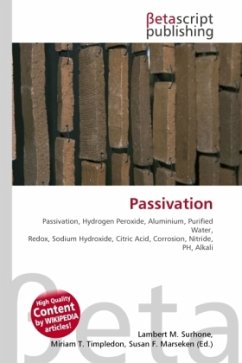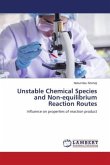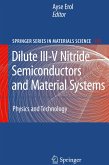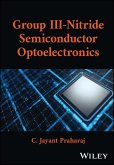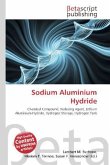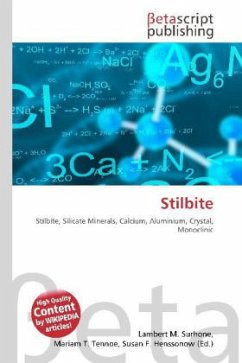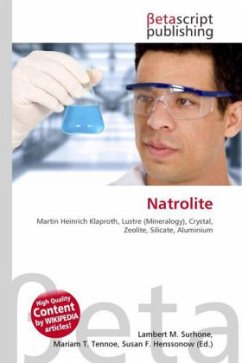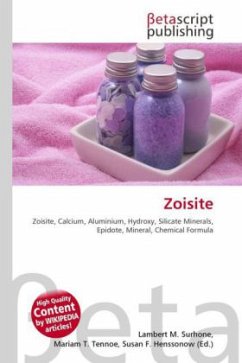High Quality Content by WIKIPEDIA articles! Passivation is the process of making a material "passive" in relation to another material prior to using the materials together. For example, prior to storing hydrogen peroxide in an aluminium container, the container can be passivated by rinsing it with a dilute solution of nitric acid and peroxide alternating with deionized water. The nitric acid and peroxide oxidizes and dissolves any impurities on the inner surface of the container, and the deionized water rinses away the acid and oxidized impurities. Another typical passivation process of cleaning stainless steel tanks involves cleaning with sodium hydroxide and citric acid followed by nitric acid (up to 20% at 120 °F) and a complete water rinse. This process will restore the film, remove metal particles, dirt, and welding-generated compounds. In the context of corrosion, passivation is the spontaneous formation of a hard non-reactive surface film that inhibits further corrosion. This layer is usually an oxide or nitride that is a few atoms thick.
Bitte wählen Sie Ihr Anliegen aus.
Rechnungen
Retourenschein anfordern
Bestellstatus
Storno

